Since the first version of the Samsung operating system, it has been associated with the navigation panel, which distinguished it and still distinguishes it from iOS Apple. Previously, its buttons were hardware, but now they are part of the system, so if you want, you can replace the back arrow with recent apps, or hide the entire bar completely and use gestures instead.
The navigation bar therefore contains three buttons, which are typically Last, Home and Back, if we take them from the left. But this layout doesn't have to suit everyone - especially with regard to right-handed, left-handed and the style of using the device, when, for example, you slowly break the thumb of your right hand because of the menu back (and you can't reach the one on the top left anymore). When the buttons were still hardware, this could be bypassed with appropriate applications from third-party developers. However, the operating system now offers the possibility of swapping directly Android, when not only the functionality will change, but of course also the visuals.
You could be interested in
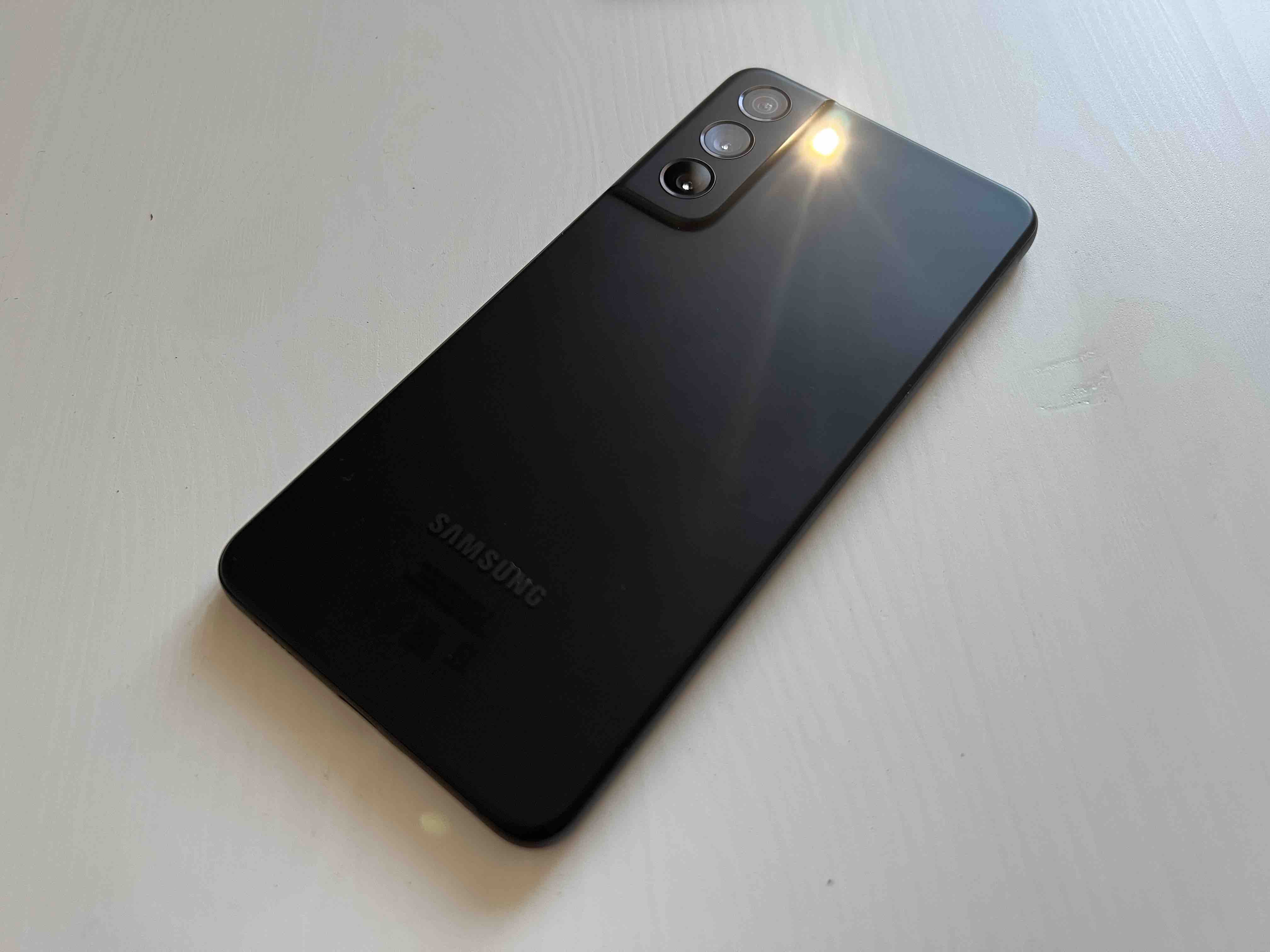
As Androidu replace Back with Last:
- Go to Settings.
- Select an offer Display.
- Scroll down where you will see a choice Navigation panel, which you select.
The type of navigation is automatically determined here as Buttons. Below you can choose their order, and just the choice Poslední a Back swap between each other. However, when you select the option Swipe gestures, the buttons will disappear from your display, thanks to which you will optically enlarge the display itself, because they will no longer be displayed on it.
The present animation then shows you how to work with gestures. You can also determine here whether you want to display the place designated for the gesture, or whether you want to display the keyboard hide button. When you select an offer Other options, you can also turn on a given gesture from the corresponding display area for each selection of the navigation panel. There is also a determination of the sensitivity of gestures itself. The tutorial was created on a Samsung device Galaxy S21 FE 5G p Androidem 12 and One UI 4.0.










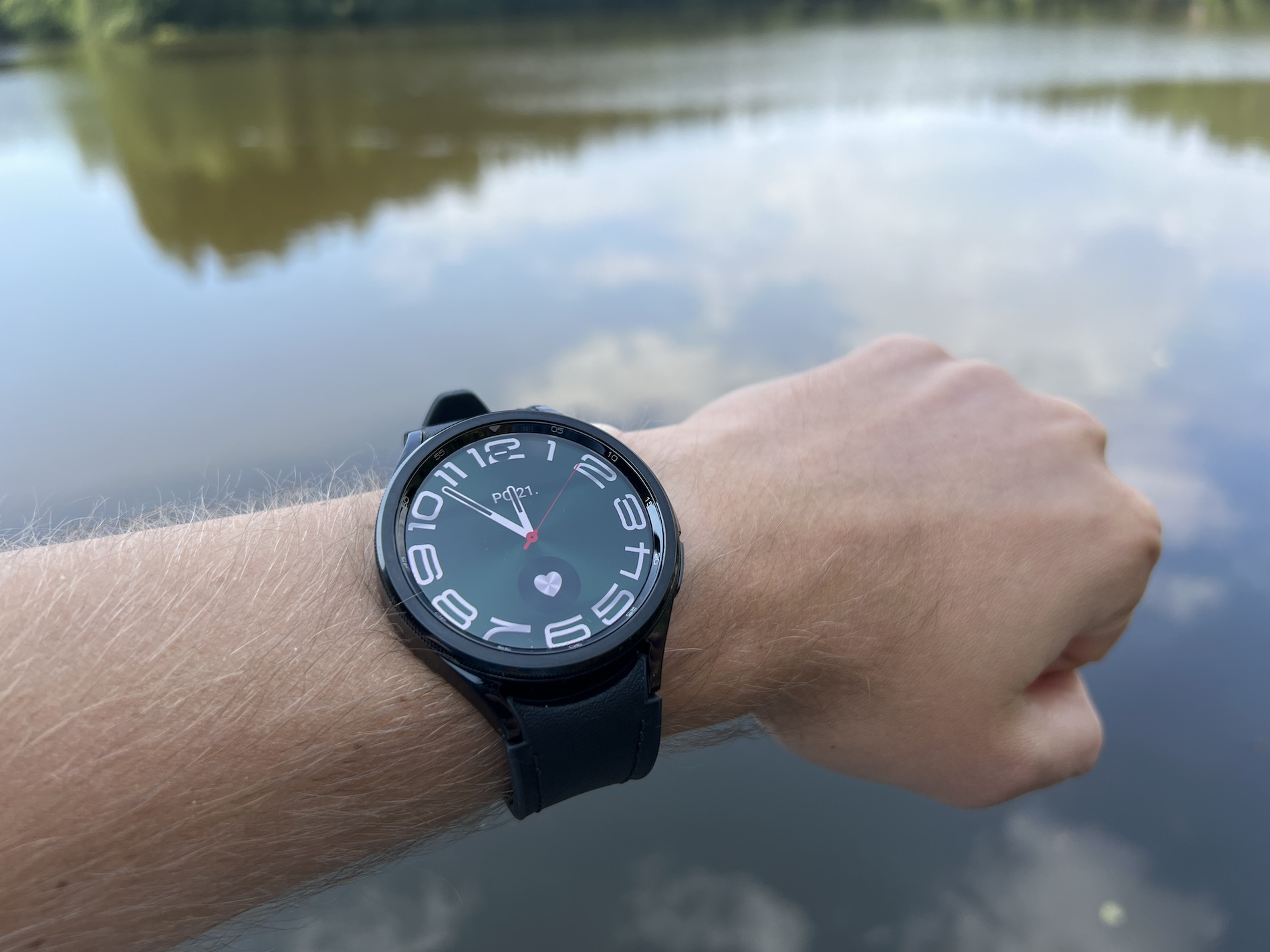
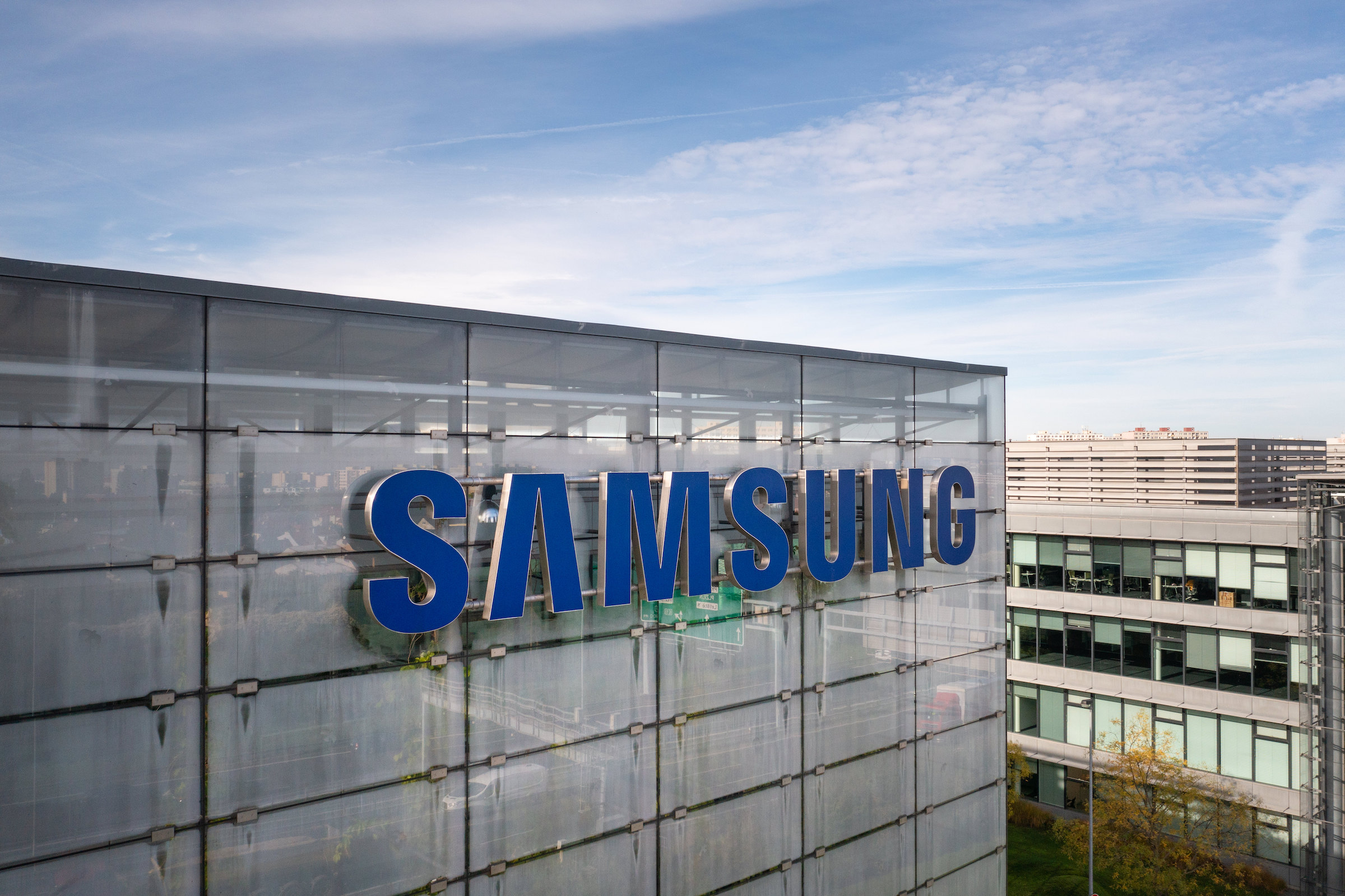
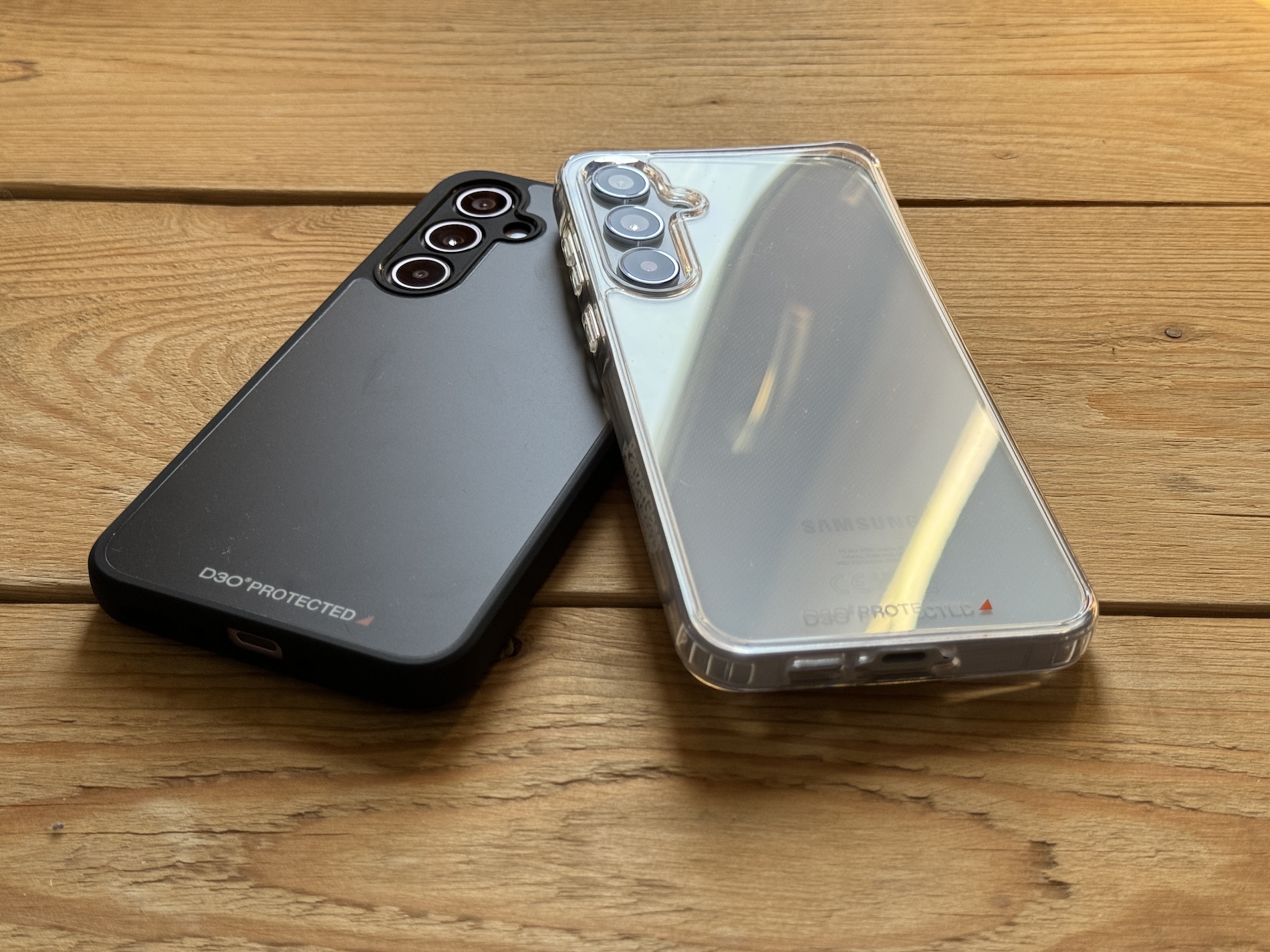
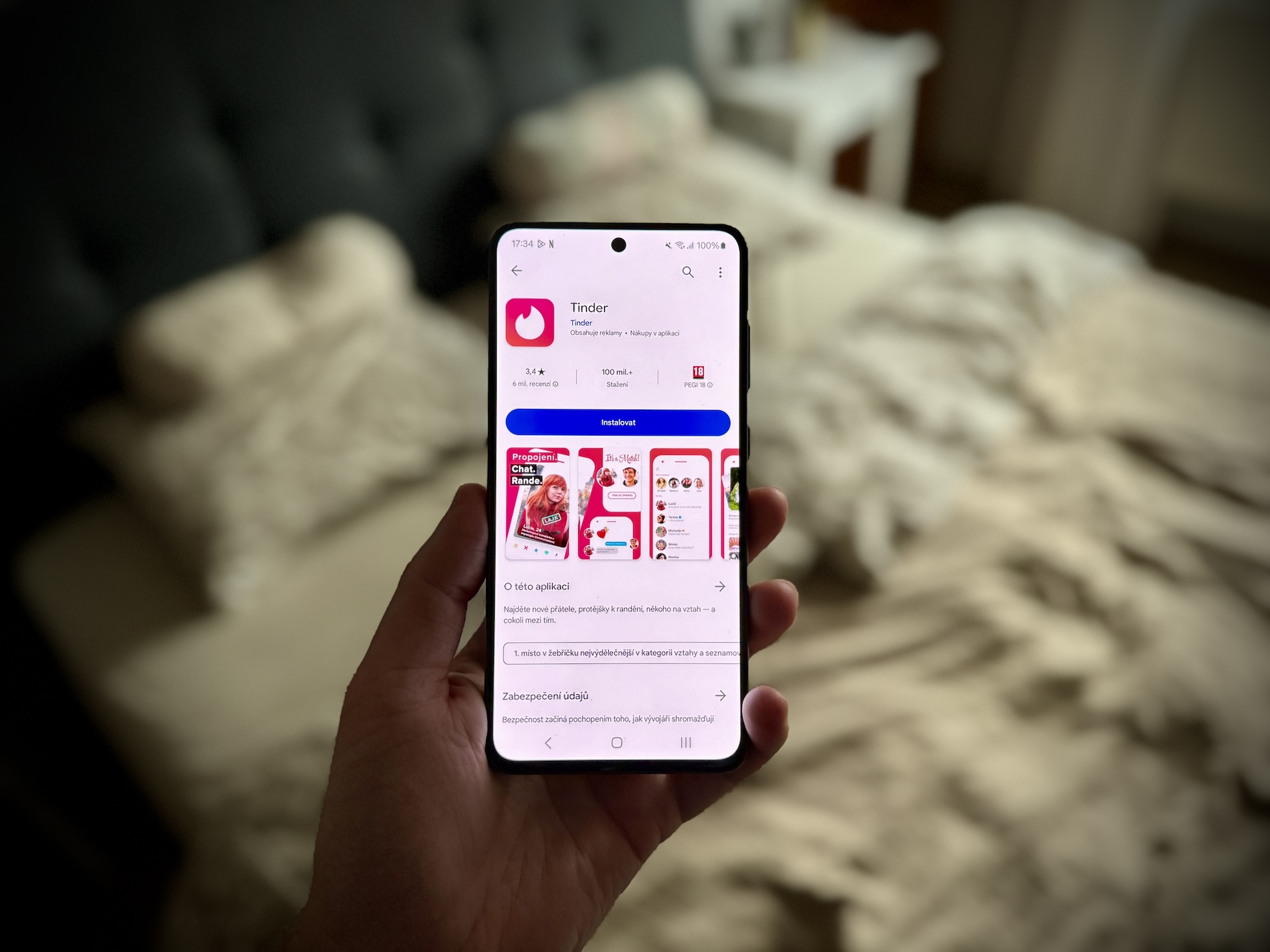
Hello,
I'm having trouble setting up the features
bottom bars Android for POCO X3 PRO.
ANDROID 12 and I'm wrong on the left
(my) when normally the function is the last
site and I have a camera there. As
alter? Please and thank you Marie.